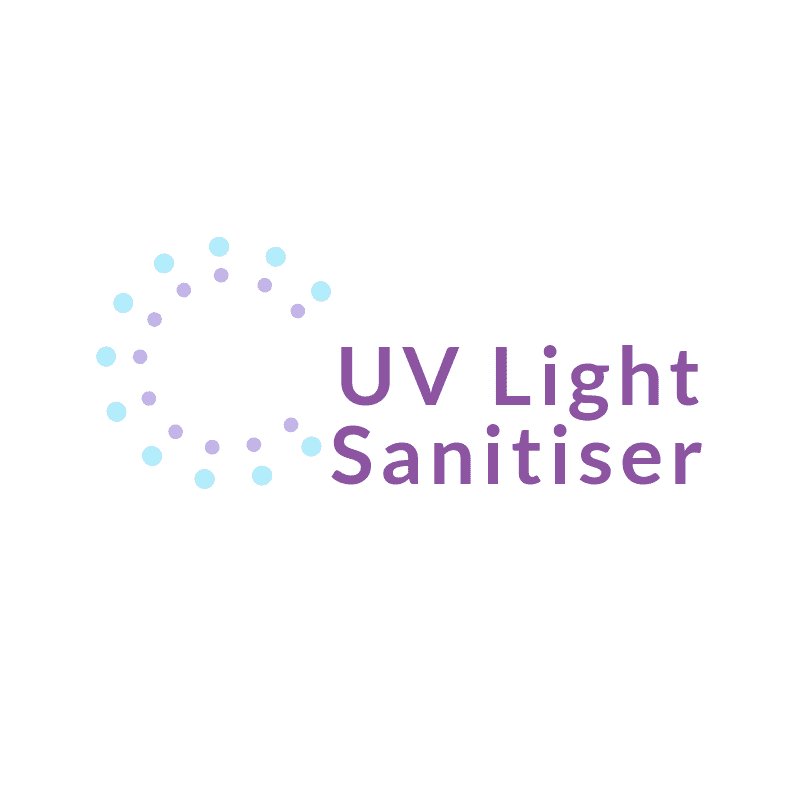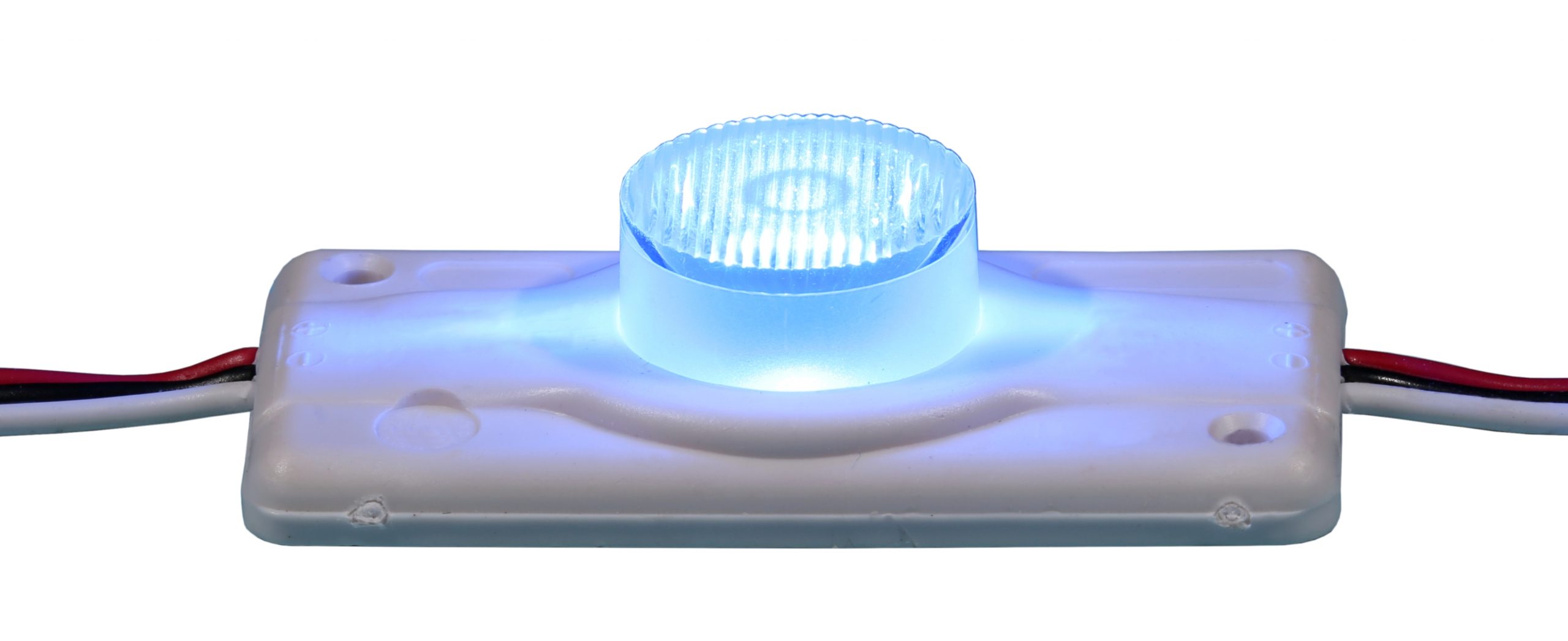When buying ultraviolet (UV) lamps, it is important to know which lamp and type of UV Light Bulbs are best for your needs. There are different kinds of UVC lamps in the market but for safety reasons, you need to have an understanding of each kind of UV lights.
What is ultraviolet light?
It is often called ultraviolet “light,” but ultraviolet light is electromagnetic radiation whose wavelength is shorter than visible light and longer than X-ray radiation. All electromagnetic waves are measured in meters, but some wavelengths of UV lights (for example UV) are so small that they are measured in nanometers (nm). You will often see the product description in the “flask”, which refers directly to the “nm” range of the flask, as it directly affects the type of flask.
Ultraviolet radiation is divided into three categories according to wavelength: UVA, UVB and UVC. The shorter the wavelength, the stronger the radiated energy and the greater the danger. However, radiation with a shorter wavelength cannot penetrate human skin. The sun emits the most damaging ultraviolet rays, but they are not strong enough to penetrate Earth’s atmosphere (fortunately for us).
UV light can be grouped into three different spectral ranges:
UV-A radiation which has a wavelength between 315 to 400 nm is called “almost ultraviolet”, and “black light”. It is at least photobiologically active, but exposure can cause sunburn and some burns in the skin can cause cataracts (opaque lens of the eye).
UV-B radiation has a wavelength between 280 to 315 nm and can be called “UV intermediate” and “UV erythema”. It causes tanning of the skin and “sunburns” as well as photokeratitis (inflammation of the cornea), photoconjunctivitis, a condition that causes inflammation of the mucous membrane and eyelids. It spreads through the air, but can be blocked with ordinary glass.
UV-C radiation with the shortest wavelength between 100 to 280 nm, also known as Far UV and UV bactericide. This can cause photokeratitis and photoconjunctivitis, with the greatest impact at 270 nm. This type of UV light can be blocked by ordinary glass and air (wavelength <200nm).
Is UV harmful to you?
This is an important issue. If used or misused, direct exposure to UVC lights will have devastating effects on materials and personnel. Excessive exposure to ultraviolet light can be harmful to people in many ways, for example, damage to the eyes and skin. It can also cause property damage, such as corrosion of rubber or plastic gaskets.
Due to these possible negative effects of UV-C lamps, it is important to use appropriate products in various applications to be beneficial.
One of the easiest ways to avoid skin or eye damage of any kind is to make sure that any UV-C lighting system in question includes some sort of rear presence sensor to ensure that if someone enters the room during the disinfection process, the lamp will not proceed with the work cycle. The ability of ultraviolet lighting systems to use disinfection cycles is also crucial. For different types of rooms, rooms and materials, the duration of the disinfection cycle is different. When used correctly, the UV-C system will provide enough sterilizing ultraviolet rays to kill pathogens, but not enough to cause damage to surfaces or materials.
This is an important guide provided by the EPA regarding safety and UV lamps. This emphasizes the importance of following the manufacturer’s instructions.
Can ultraviolet rays cause cancer?
Most skin cancers and ultraviolet radiation are caused by sunlight. Artificial ultraviolet light sources (such as ultraviolet radiation) can also cause cancer. Fortunately, artificial forms of UV lamps can be safely avoided or used to reduce risks. For example, tanning beds are known to be unsafe, but such situations can be avoided.
Regarding the risks of UV disinfection lamps and cancer, if you wear protective equipment and follow all instructions when interacting with light sources, you can reduce the risk, as described above.
Will ultraviolet radiation harm skin and other materials?
As mentioned above, artificial and natural ultraviolet rays can damage the skin. Taking the proper safety precautions can reduce the risk.
We have already discussed that personal protective equipment or PPE should not be reused. In other words, in the modern world suffering from a coronavirus infection, PPE must be reused. Many sources report that UV disinfection is the best option and will not harm equipment, such as solid chemical cleaners.
Ultraviolet rays can easily cause damage to plastic. This is another reason why you should follow the instructions when using UV light.
Has UV light been clinically tested and approved?
The FDA regulate the UV light industry. In addition, the Centers for Disease Control and Prevention (CDC) recommends UV disinfection as one of our best protective measures for “cleaning” masks.
What happens if someone enters the disinfected area during the decontamination process?
Be sure to follow the instructions for the safe use of UV lamps, this is a good guide. If someone enters the area it can damage the eyes or the skin. There is little chance of permanent damage, but should be avoided. Instead, try using controls and locks to ensure security and clear pointers so that no one can enter unseen.
Germicidal UV Light Bulbs
The ultraviolet wavelength of these lamps is the shortest (200 to 280 nm), making it the most damaging. You should exercise caution when handling and using this type of ultraviolet ray.
The type of ultraviolet radiation emitted by these bulbs is directed at the DNA of the microorganisms. This works by causing the cells to die or not multiply. Of course, they are not a type of household light bulbs. They are mainly used in professional and industrial environments, for example:
- Water treatment
- disinfect
- sterilization
- food sanitation
Like black light UV lamps, UV sterilization lamps are generally in the form of lamps. These can be direct or compact. Unlike UVA lamps, sterilization tubes are usually transparent.
When working with UV germicidal lamps, make sure to wear protective clothing and keep them away from skin and eyes. It is best to avoid prolonged exposure to light during operation.
Incandescent UV Light Bulbs
Incandescent light bulbs, the most commonly used light bulbs in homes, give off small amounts of UV light. The UV light emitted by these bulbs is so small that it doesn’t affect human health in any noticeable way. Incandescent bulbs won’t cause sunburns and they won’t help people or animals absorb Vitamin D. These bulbs emit only UVA rays.

